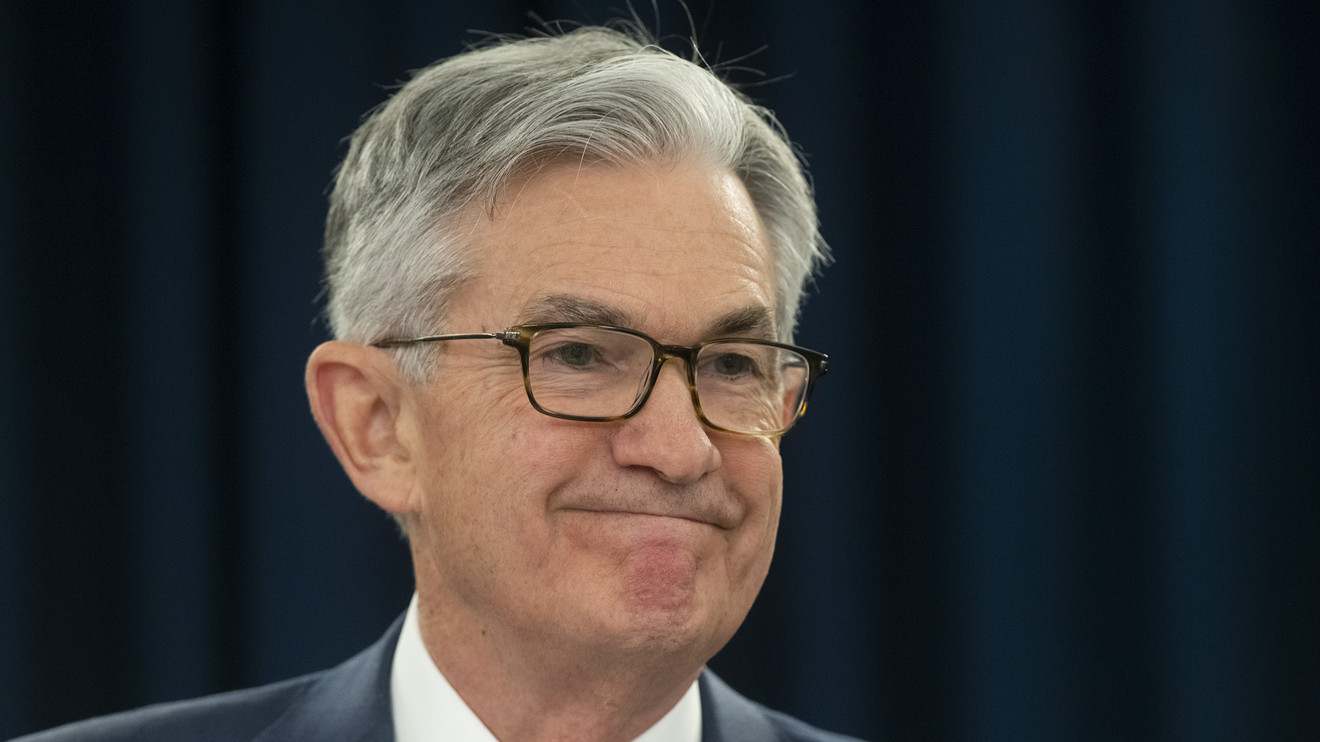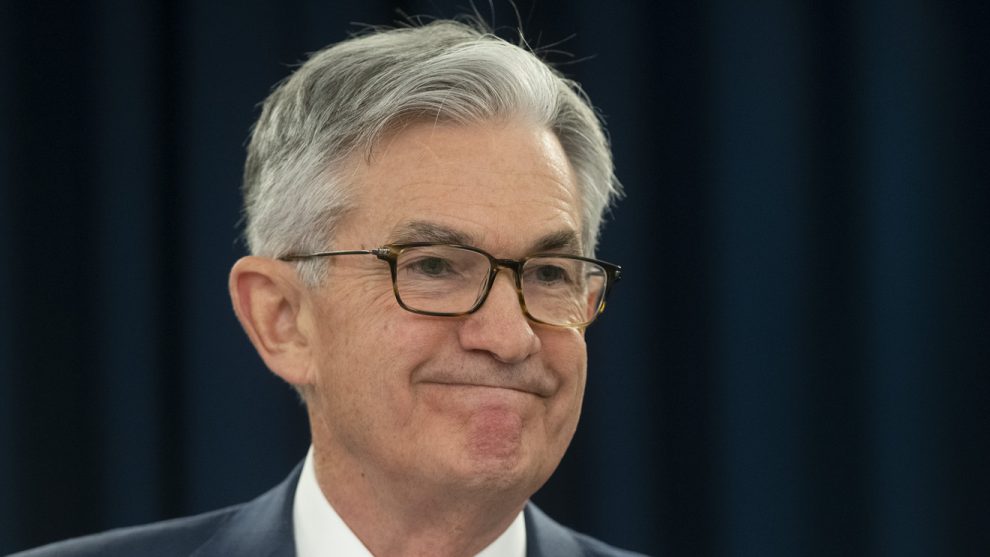
The Federal Reserve will stand up to applaud the surprisingly encouraging May jobs report but won’t make any other move to alter its “low-for-longer”interest-rate policy, economists said.
“It is exceedingly unlikely that … a handful of more positive gauges like nonfarm payrolls and mortgage-purchase applications will drive the Fed to rewrite the narrative on the fly,” said Derek Holt, head of capital-market economics at Scotiabank.
Nurturing the recovery will remain the Fed’s focus, Holt added.
While the May jobs report was “a breath of fresh air after weeks of stifling pessimism, including from some Fed officials,” but it doesn’t mean the economy is out of the woods, said Sal Guatieri, senior economist at BMO Capital Markets.
The May report showed a broad-based 2.5 million upturn in employment and a 1.4-percentage-point drop in the unemployment rate to 13.3%, though the Bureau of Labor Statistics allowed that the unemployment rate would be three percentage points higher if household data had been recorded accurately.
“The much-better-than expected May employment report is telling us something,” said Richard Moody, chief economist at Regions Financial Corp. “[W]e’re just not sure what.”
The report “changes nothing for the FOMC,” he said, as there is little doubt the central bankers see their job as far from done, Moody said.
Some economists think the latest monthly jobs data will put the Fed is a delicate position. If the Fed says the economy is improving, the market would be worried the central bank will reduce its support,
John Briggs, head of strategy for the Americas at NatWest Markets, said the Fed may set details on further quantitative easing.
“We see a commitment to around $100 billion a month in U.S. Treasury purchases and $80 billion in mortgage-backed-security purchases with an open-ended time frame,” Briggs said.
Since mid-March, the Fed has been buying assets “to support smooth market functioning.” After peaking at $75 billion per day into early April, the Fed has tapered the purchases to $4 billion in Treasurys a day and $4.5 billion in mortgage assets. With market functioning achieved, Wall Street is beginning to wonder about the end game.
“Ongoing tapering, without a formal plan, could lead market participants to assume the Fed is on their way to ending QE altogether, something we do not think the Fed intends to do,” Briggs said.
Fed officials will meet Tuesday and Wednesday. There will be a statement at 2 p.m. and a press conference led by Chairman Jerome Powell at 2:30 p.m.
David Donabegian, chief investment officer of CIBC Private Wealth Managment, said that after the jobs report on Friday negativeinterest rates are now off the table. Last week, including after the jobs report, the 10-year Treasury yield TMUBMUSD10Y, 0.901% had its biggest weekly gain since September.
The data will perhaps spark more discussion than expected about possible next steps for monetary policy.
At the Fed’s last meeting, officials talked about strengthening forward guidance so the market is more confident that interest rates are low and also backing the guidance up by putting a cap of short-term rates, known as yield-curve control.
Prior to the May job gain, those discussions were seen as happening in September.
At the moment, economists expect the Fed’s forward guidance to be repeated: “The Committee expects to maintain this target range until it is confident that the economy has weathered recent events and is on track to achieve its maximum employment and price goals.”
Fed watchers are likely going to have to wait until the minutes of the meeting, due July 1, for details of that discussion.
The Fed will release updated economic and financial projections — the first forecasts since last December.
Sam Bullard, senior economist at Wells Fargo, said he thinks the Fed’s dot plot will show rates remaining near zero until the end of 2021.
“That said, that so many of us were so wrong about our forecasts of the May employment report has to make one wonder if there is ever actually a good time to release an economic forecast,” said Regions’ Moody.
The Dow Jones Industrial Average DJIA, +3.15% rose 829 points to close at 27,110 on Friday after the jobs report was released. The DJIA is up over 45% from its low point on March 23, but it’s down 5% since the start of the year.






